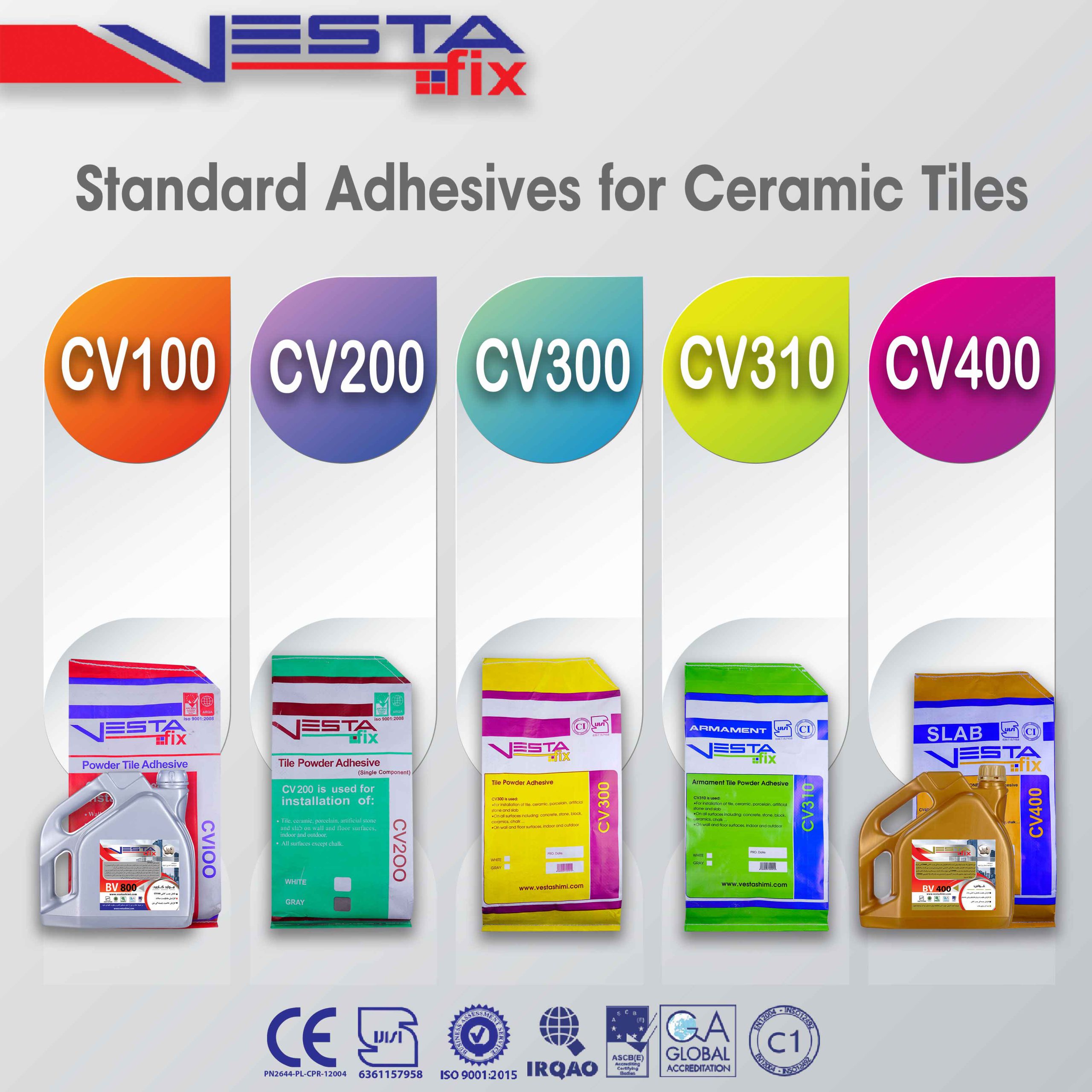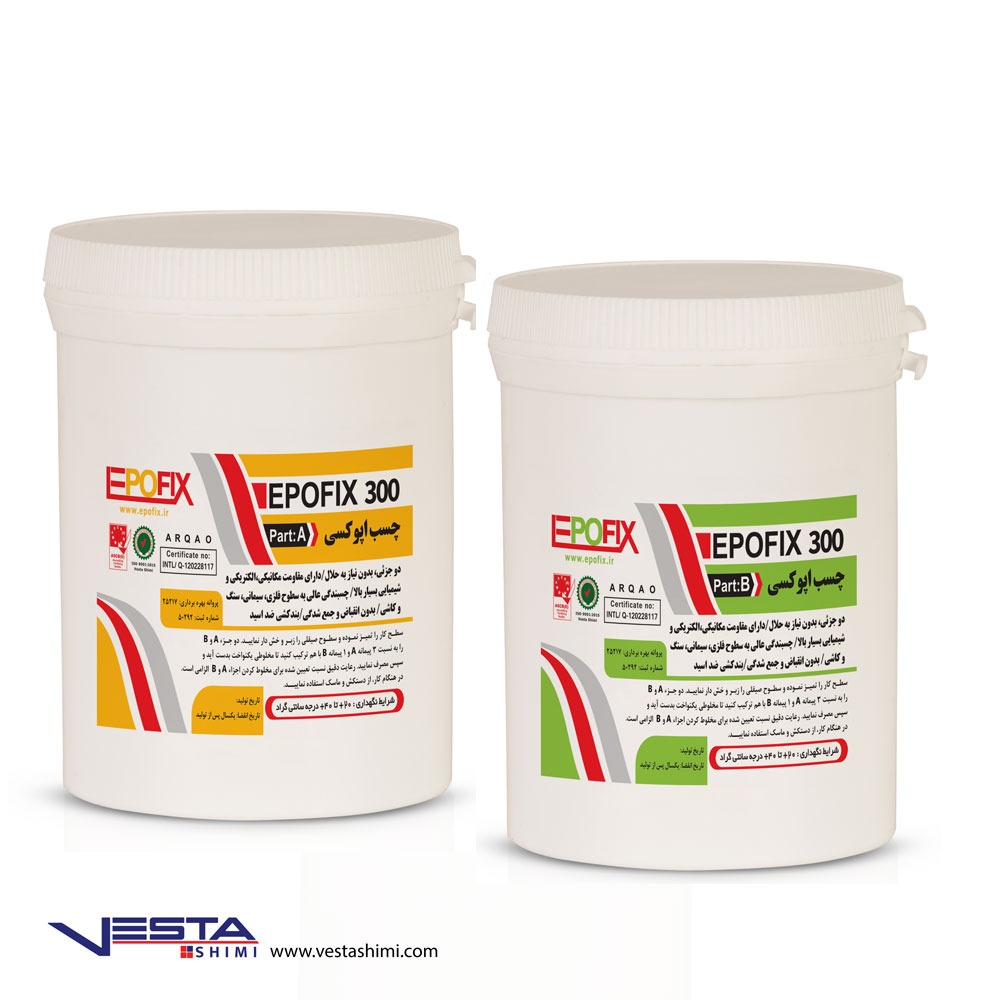Technical characteristics of porcelain tiles
Porcelain tile has a very high technical feature.
-
European standards:
The technical characteristics of porcelain tiles presented in the European standard
It is such that its water absorption rate is considered as an indicator for their classification.
The effectiveness of porcelain tiles and related tests:
(water absorption – surface size and quality – coefficient of rupture – resistance to deep wear – surface hardness – expansion
thermal – resistance to thermal shock – resistance to freezing – resistance to chemical agents)
Water absorption
Porcelain tile has a water absorption of less than 0.5% and often up to 0.1%, so it is the most compact ceramic product.
Ils sont connus pour une utilisation au sol et au mur. Currently, their physical-mechanical characteristics compared to other tiles
which have more porosity is better. The low water absorption of this type of tiles is due to their very glassy surface
It indicates the emergence of a significant amount of glass phase during the high temperature baking process.
Rupture coefficient based on the test method
The very compact and dense structure of porcelain tile creates the highest amount of bending resistance among them
However, in special cases The most common thickness of porcelain tile is about 8-10 mm.
However, in special cases
The thickness may increase to 15-20 mm. Their high bending strength, mechanical efficiency
guarantees the product and these tiles can be used in places where there is mechanical stress such as the floor of the house,
it installed a workshop and a laboratory. The average flexural strength of porcelain tile should be more than
Resistance to deep wear based on the test method (EN102, EN154)
Due to the fact that until 1995, shining the tile was considered a value and all the tiles
The porcelain was unglazed, so the wear resistance of the surface was determined according to the EN102 test method.
Abrasion resistance of tiles without words based on EN102 test method
Abrasion resistance, like other physical characteristics, depends on the compact structure of the product and therefore,
This characteristic is more related to low porosity. When the product is unglazed,
Because the microstructure of the porcelain tile is homogeneous, so even if the surface material is removed, no phenomenon occurs.
Of course, it is impossible to quickly judge that unglazed porcelain tiles are better.
Frost resistance:
Frost resistance means high tolerance of the tile body against freezing in humid and sub-zero environments.
without being harmed. This feature has a lot to do with the amount of tile water absorption. Resistance quality
It is guaranteed that there is no reason for freezing in porcelain tiles
Porosity is in its microstructure. Water cannot penetrate inside this material and therefore the phenomenon of expansion caused by the transformation of water
It does not occur on ice. Most of the products are resistant to freezing and the possibility of water penetration into the tile is only in a small number of products
They are seen. Porcelain tile is considered the best product in terms of resistance to water absorption and freezing as a result.
The very low porosity of this tile (which is very close to zero) prevents water from penetrating the tile body.
Resistance to chemical agents:
This feature determines how the tile surface behaves when it comes into contact with chemicals that are applied to the tile surface
They damage or penetrate it or damage the beauty of the tile surface. In this case, two test methods
There are different EN106 test method is used for unglazed tiles and EN122 for glazed tiles.
Crack resistance:
Resistance to cracking of glazed porcelain tiles, depending on whether the surface of the tile has a good connection with the body
or not done. When the porcelain tile is placed in the high temperature firing process, the glass glaze,
It is created in the body, which has a very high resistance to growth. This test is done according to the EN105 standard
The outer surface of the tile is tested. In such a way that the tile is kept at a pressure of 500 KPa for one hour
It is placed in an autoclave, then the surface of the tile is evaluated to determine any signs of cracking.
Thermal conductivity
to polish, to furbish
Electrical conductivity and non-static properties
Fire resistance
Color resistance to light
Resistance to mechanical shock
Surface slippage
Colorability and cleanliness
Technical and commercial characteristics of porcelain tiles
Application
The composition, technical specifications and beauty of the tile surface determine its use. In the early years of production,
Porcelain tiles were used only in industrial places and now these types of tiles are everywhere
It is used in busy commercial places and its use has become more common day by day.
To identify the latest type of this product, many applied researches without considering the technical implementation conditions,
has been done and this movement has moved towards the introduction of different types of this product in the market and has made T
Porcelain tiles are more popular in different parts of the market, which are also traditional, and the market is covered by products with very beautiful surfaces.
As far as these products are known, the following classification has been made in the market.
Simple colors
In terms of beauty, this group is the simplest type of products and the most common ones are pastel (light) shades.
Most subbed products are used in sales centers. using spray dryer powders,
Uniform and similar colors can be obtained.
Granites
Granite tiles are obtained from the combination of spray-dried powder with different colors and similar designs
The famous salt pepper design with bright background shades appears.
Colorful tiles (multi-colored)
These tiles are obtained from the combination of spray dryer and micronized colored powder. Although the powder, appropriately
It is loaded and pressed, but randomly distributed, thus creating a different color effect.
Macrogranites (coarse-grained granite)
These tiles are obtained from the combination of spray-dried powder with large granules of different colors.
These granules are made by re-granulation of sprayed and pressed powder, which are in various shapes.
The background color of the tile surface is similar to granite and the coarse granules make the final product look very similar to natural stones.
Tile decorated with soluble salts
These products are decorated through printing, dipping, screen or spraying
Their glaze consists of colored soluble salts, such as Fe, Cr, Co, V, Mn.
Rustic tiles, tiles with uneven surfaces and glazed tiles (printed and unprinted)
The latest research has led to the creation of this group of new products. Products named after them
from their application and manufacturing technology. Beautiful and valuable designs are needed in single firing tile products
which may be achieved by using a well-equipped and long decor line. These products are pressed from the body with
Composite molds that are stabilized with the use of colored materials are prepared. Like porcelain tiles.
These colored materials are printing glazes or soluble salts. To show the face and surface of the tile, as shown
Old and old, the production method plays an important role. It seems that these tiles are natural stones
There are people who have passed away a long time ago.
Patterned tile
The new application method is in the pressing process. In this method, there is a special stencil and a multi-colored effect
It leaves on the surface of the porcelain tile. This print is created on the powder inside the mold and then pressed.
In this method, the decor and the body will be cooked at the same time. Inventing this method is a new solution for decorating porcelain tiles.
Small size tiles
These pieces are very special and leave very beautiful effects and surfaces. These pieces are very special and leave very beautiful effects and surfaces.
which is sold in the form of floor tiles and porcelain tiles. (600-700 pieces create a 30 x 30 cm tile.
Porcelain tiles are also used in the space between the pieces. Therefore, such tiles have an acceptable resistance.
Atomker
These granulated materials with colored chemical-physical characteristics are suitable for producing designs similar to natural stones.
This product is the result of the laboratory research of JohnsonMatthey Italia company, which caused the rapid granulation process to emerge.
Atomker is suitable for dry applications during the glaze application process. In this method, the glaze is pressed with the body.
Atomker is a new method known for producing new design while Spot-feeder
It has been used to produce effects similar to natural sebeng.
Raw material
The raw materials used in making porcelain tiles are very important.
The raw materials that are mainly used in this field are several different types of minerals
Each of them will have its effect on the characteristics of the body. (Feldspar is an important part of the body in making tiles
single firing is white and colored.) It is necessary that the raw materials used have a small percentage of colored oxides such as Tio2T Fe2o3
to avoid any pollution and body defects. Must have mining characteristics, physical and chemical
it examined each of the raw materials such as clay, kaolin, feldspar and sand alone.
clays
They include all clay materials and their common feature is their plastic nature
It is shown by the continuous increase of the mechanical strength of the sample during the raw to dry stages.
Clays used in ceramic bodies
Clay is the main material for making all ceramic bodies, and its importance in porcelain tile bodies is as follows:
Creating a bright color in the body during the cooking process
Increasing the bending and plastic strength of the body
Creating rheological properties that facilitate the flow of the slurry.
Creating a good density during the cooking process
Creating very high mechanical characteristics in baked products
To produce porcelain tiles, it is necessary to use a mixture of clays, which include clays that have low plastic properties
And there are clays that have a lot of plastic properties, such as illite and montmorillonite clay minerals.
By increasing the size of the tile, the press pressure may exceed 500 kg, and in this case it is preferred
To use less plastic clay.
Clays used in porcelain tile bodies
The clays used to produce porcelain tiles in Italy are imported from Germany, France and England.
kaolin
Kaolin is named after Kao-ling, a city in China, where the first sample of this material was mined.
Kaolin consists of aluminosilicates such as feldspar, plagioclase and feldspathoid, which are found in rocks that
They are present inside the earth. Hydrated aluminosilicate formed,
They remain intact and crystallize at high temperature and pressure.
Pigmentation agents
With the development of porcelain tiles, mineral colors received more attention. The research conducted led to
The development of colors with color properties was excellent. New Persian colors with other methods of creating color
(such as ferrite or glaze) are very different and their reactions in the baking process are different. for this reason
Paint manufacturers have produced a range of different and special colors for use in making porcelain tiles.
In addition, due to the fact that special colors are produced with special specifications for porcelain tiles, the appropriateness of the price
It is also very important. Among the coloring agents used, the difference between the types of products,
Natural dyes and chemical dyes can be distinguished.
natural colors
According to the history of the ceramic industry, in the distant past, natural materials were used to color the products
According to the chemical characteristics of that substance, the desired color is obtained. In the porcelain tile production line,
Some natural colors are still used, which have great economic benefits due to their low price.
These colors are: Chromite, zirconium silicate and alumina, Thiviers stoneware.
Chromite
Chromite powder is a natural composition with the formula Cr2FeO4 and a black-brown appearance, which is about 2% to the body of the tile.
It is added and creates dark shades of porcelain tiles. Some manufacturers of this composition
They are used to obtain brown shades in spotted colored products.
Introducing our products
As you know, to buy accessories such as: tile adhesive , ceramic adhesive and porcelain adhesive; You should use your utmost care to choose the best quality. Because the poor quality of any of these products may cause irreparable damages. Vesta Chemical factory has years of experience as the basis of its products, so that it can offer the best to you dear ones. Other products that Vestashimi offers you with the best quality include: Sealing glue، Light block glue، anti-acid، Waterproofing، Nano look coating، Epoxy resin product، Roof insulation، concrete glue، Epoxy resin، strapping powder، thatch، Primer، Groot، Rebar planting paste، Epoxy glue is. Get in touch with Vestashimi for more services.
















